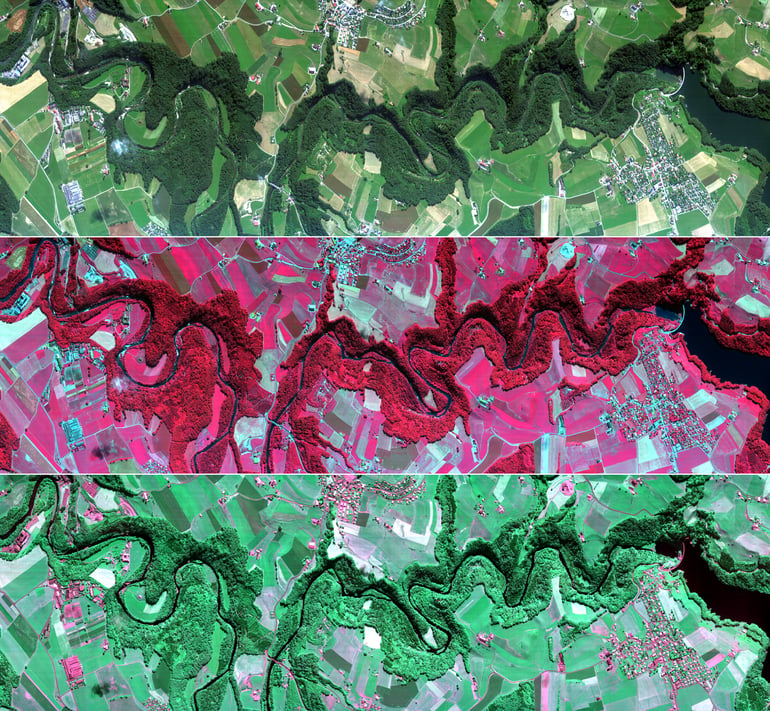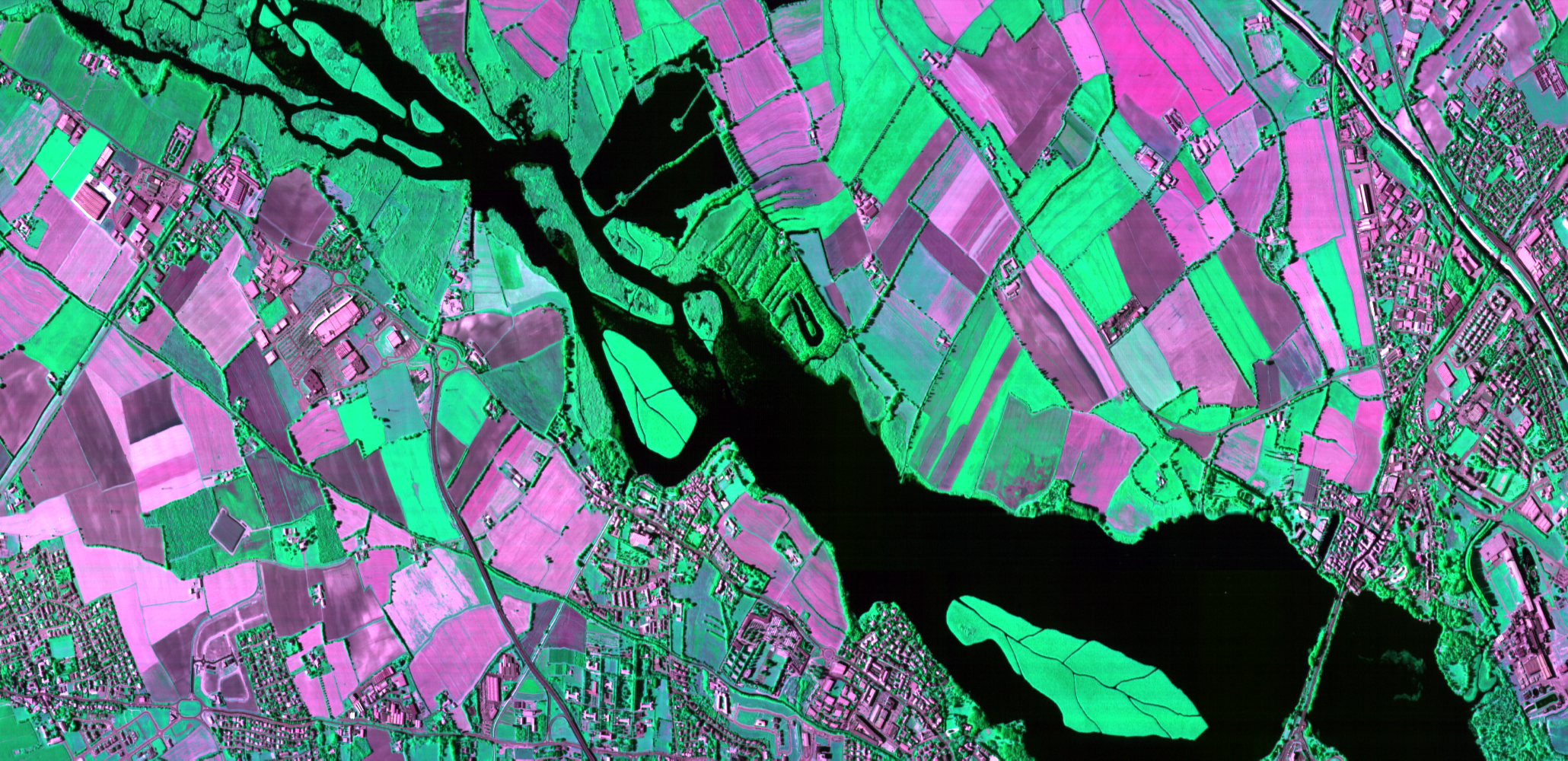
27 June 2017
Airborne remote sensing is more than just ‘put a sensor on a plane and fly’.
A successful airborne data acquisition campaign relies on recurrent instrument calibration, careful mission planning and execution. Then the data needs to be processed. Let me tell you how we do it after 7 years of APEX flight campaigns and image processing services.


 APEX operator onboard D-CODE © VITO Remote Sensing
APEX operator onboard D-CODE © VITO Remote Sensing


